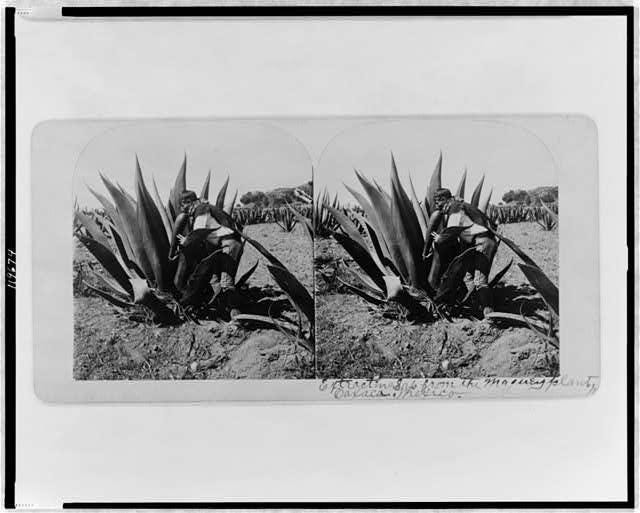MEZQUILA: Sammy Hagar’s new franken-spirit from Mexico
Wait, what? And, more importantly, why? Christine Sismondo asks whether cousins — specifically tequila and mezcal — should marry.

Did you ever have to finally decide?
Between mezcal and tequila, that is. A tough choice around Cinco de Mayo, but one that, thanks to Sammy Hagar, we may never have to face again. The Red Rocker recently launched Santo Puro Mezquila, a 50-50 blend of Blue Weber agave tequila and mezcal made from espadín agave. No more decision fatigue.
While this is probably not the very first time anybody has ever blended these two liquids, Hagar appears to be the first booze visionary to market a hybrid agave spirit as “mezquila.” And its very existence raises a few important questions, such as, “Why?” Isn’t this a solution to a problem that doesn’t exist?
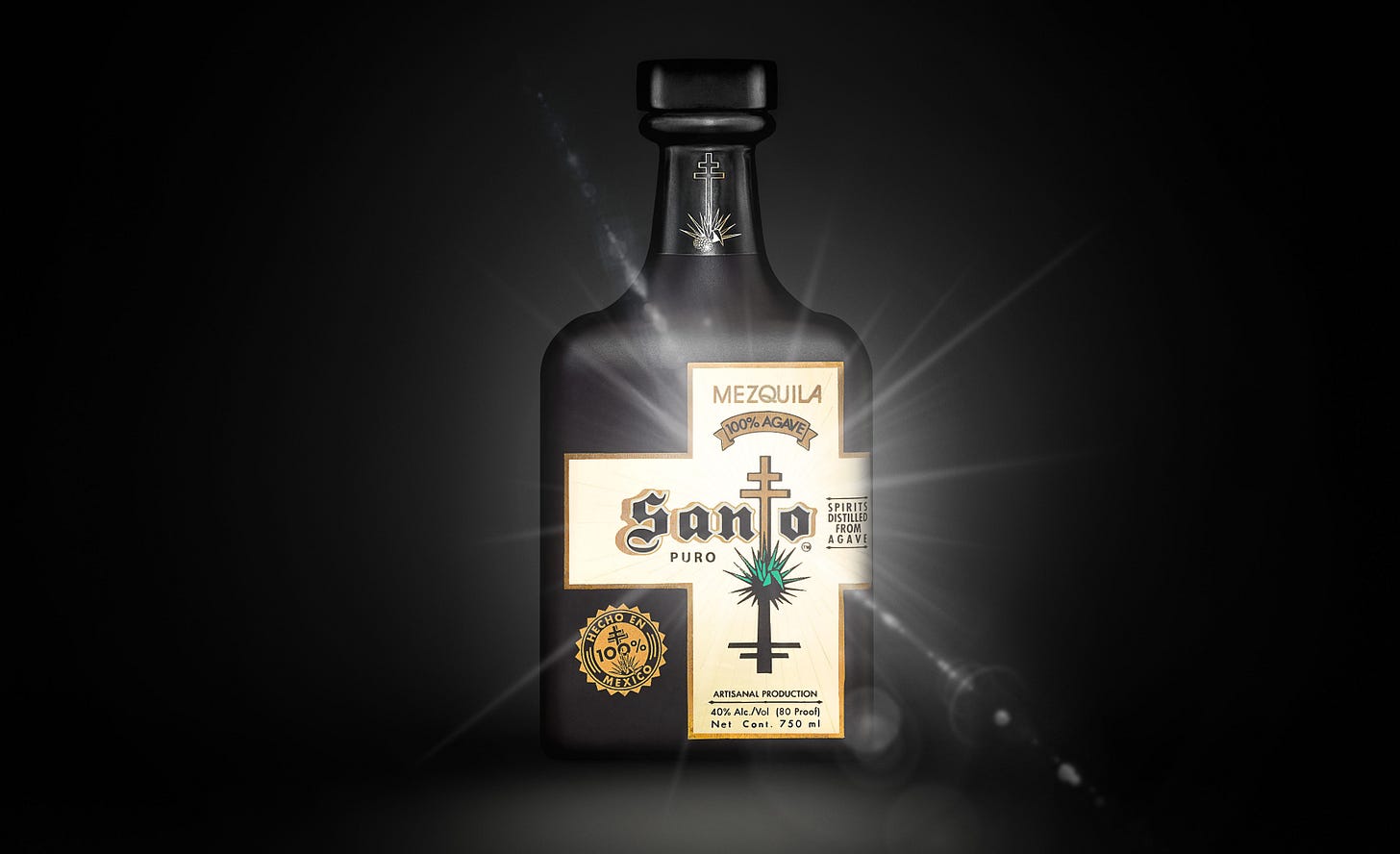
Santo Puro Mezquila, a blend of tequila and mezcal that comes in a pretty bottle, promises to put an end to decision fatigue.
To answer that, let’s start by considering the tequila/mezcal divide—an increasingly polarizing topic over the past few years, as the idea has taken root that tequila is corporate, bland and middlebrow, whereas mezcal, is more authentic, cutting-edge and challenging to the palate. Even aside from the problems with the word “authentic,” a meaningless marketing word with a lot of racist baggage (people use it to describe what they think of as unclean and pre-modern), this tequila/mezcal binary is a pretty blunt instrument.
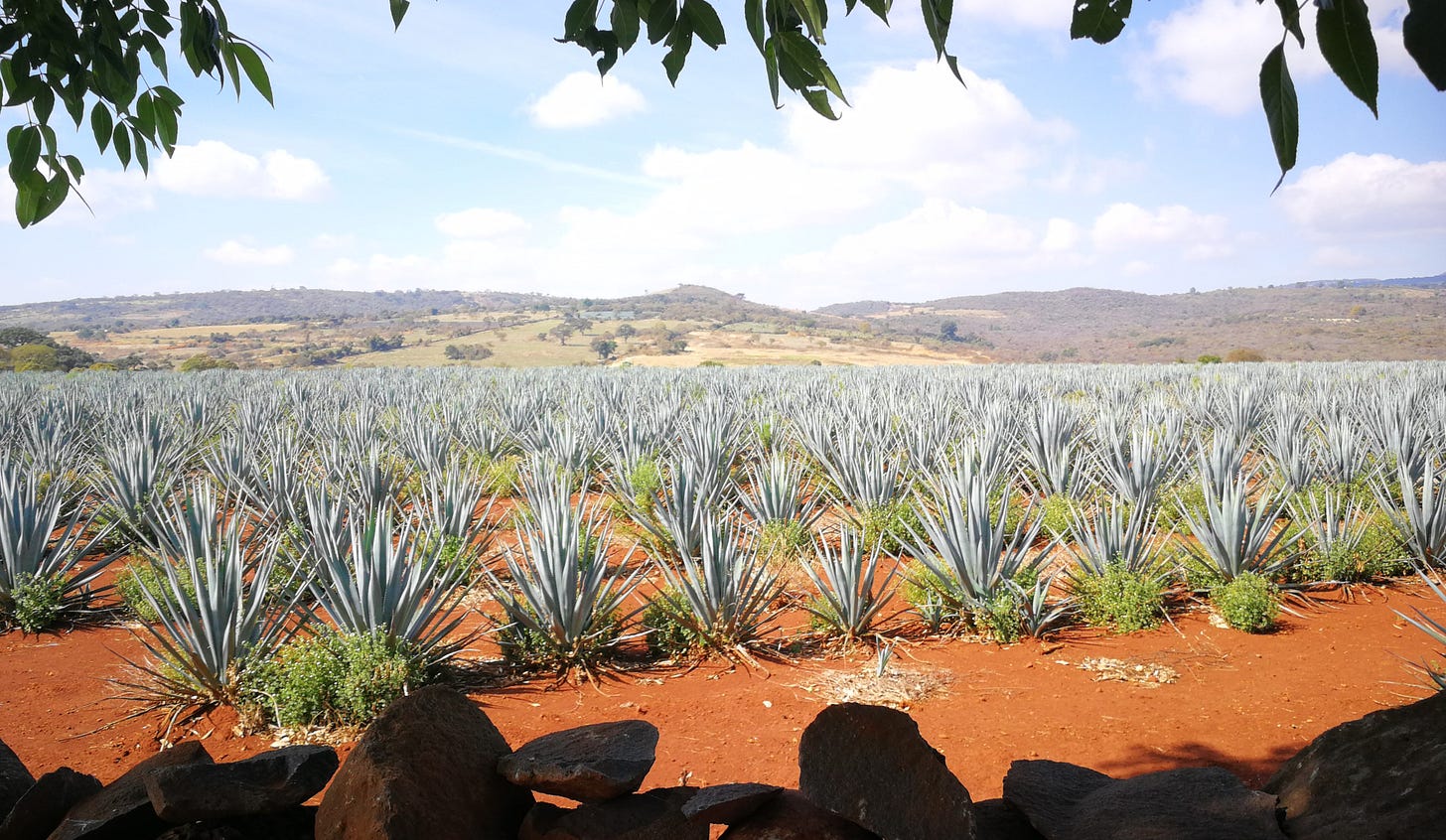
Blue Weber Agave is used to make tequila. It's not a cactus and, instead, belongs to the Asparagales order.
Arguably, we can trace the division between the two spirits back to the turn of the last century, when some “vinos de mezcal” from Tequila (a town in Jalisco) began to gain a reputation for quality in the United States. The 1893 Chicago World’s Fair was probably a factor in this, since that seems to be approximately when some people started referring to mezcals as “tequila.”

This isn't actually the tequila producer that made a splash at the Chicago World's Fair. It was the other one. But we couldn't find an old poster from them.
Over time, tequila producers established a regional boundary, as well as rules governing its production, positioning its relatively refined product as the “champagne” of agave spirits and leaving most of the others to be called “mezcal.” And then, suddenly, around a decade ago, the tables turned, as people started looking for spirits with more esoteric and aggressive flavour profiles, with more interesting back-stories. Since it’s generally made in small, rural facilities, sometimes by Indigenous peoples, Mezcal, especially the expressions from Oaxaca, fit the bill. They started taking over the popular imagination.
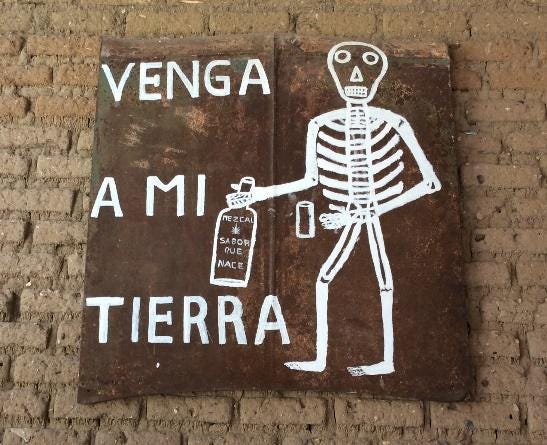
From the Del Maguey bodega in Oaxaca. Founded by Ron Cooper, Del Maguey deserves a lot of credit for the rise of mezcal.
It didn’t take long for tequila producers to start to want a piece of that action and begin making some of their products more mezcal-ish camp. Patrón, for example, now makes “Gran Patrón Smoky” (delicious, incidentally) and Maestro Dobel offers “Humito,” a smoked tequila (haven’t tried). Casamigos went all in and launched a legit mezcal (also delicious) to join its tequilas.
Why wouldn’t Sammy Hagar just go full-mezcal? Possibly because it’s still niche. A bartender at a club in Las Vegas told me the best way to sell mezcal to his clientele was to mix it with tequila. There may well even be a segment of Hagar’s target market that still thinks mezcal is a dangerous psychoactive spirit distilled from mescaline, thanks to the blatherings of Jon Taffer. Don’t know who Jon Taffer is? Good for you. Don’t Google. Some things are better not to know. [But if you must know, look here. — ed.]
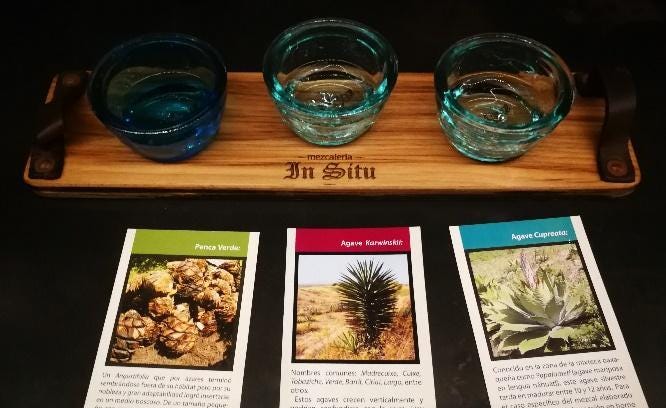
Mezcal isn’t made from mescaline, of course. It’s made from a wide range of agaves, some of which are harvested in the wild. At In Situ, a bar in Oaxaca City, you can try hundreds of mezcals made from different agaves, that taste like everything from Jolly Rancher candy to overflowing ashtray and everything in between.
Tequila isn’t the only spirit blurring the boundaries and distinctions between categories with cross-pollination and collaborative projects, either. We could even see it as part of a wider trend of crossover booze—Glenfiddich’s Fire & Cane sees scotch aged in South American rum barrels; Japanese whisky and bourbon are being mixed together to make Beam Suntory’s Legent, and, of course, there’s always Malibu Red—tequila and rum, together at last.
Some of these will be better than others. And that brings me to Santo Puro Mezquila—not a bad product, exactly. It starts off with a certain brightness and moves on to some damp, vegetal notes that I really enjoy and appreciate. But then it lands with a bit of a thud, which doesn’t leave me wanting to drink more, or buying more, since it’s priced at $88.95 at the LCBO.
Instead, I’m going to pick up a bottle of sweet and smoky Los Siete Misterios mezcal ($60.20) and a new arrival, Volcàn Blanco ($76.95), which I quite like for its crisp, clean, lightly citrusy flavour profile. And, no, thank you, I’m not planning to blend the two liquids—not that there’s anything wrong with that.
I can have both, since I long ago decided the tequila/mezcal choice is a false dilemma. No need to choose when you can have it all.
